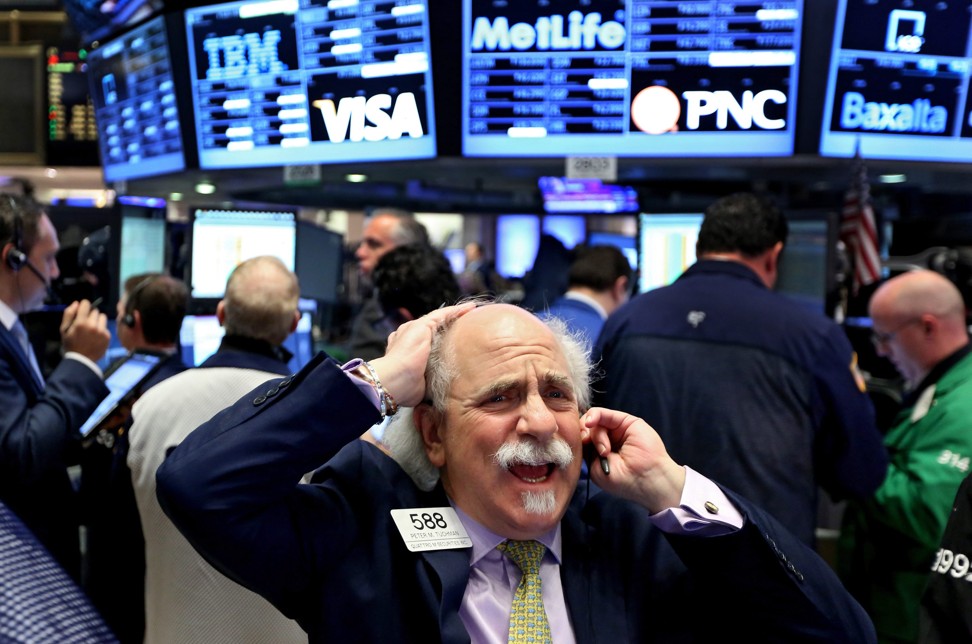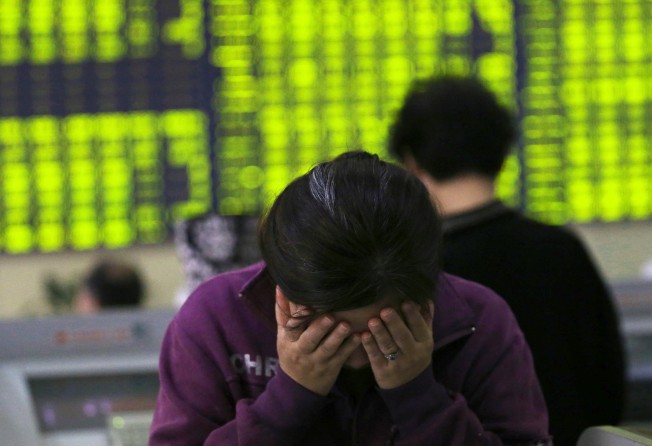
How do you manage risk when you can’t be certain about uncertainties?

A new catalogue of risks has surfaced as we march into the new year, posing new challenges to the management of investments.
The first risk is uncertainty. We don’t know what we don’t know, as the cliché goes. So we cannot be certain what those uncertainties are. When and how uncertainties - political, social, economic, technological disruptions - play out is beyond prediction. The odds of success or failure in investment decisions based on these uncertainties depend as much on judgment as luck. The best thing we can do is to systemise the decision-making process, to incorporate as many diversified variables as possible to construct a more reliable framework, which might complement the limited human cognition.


Nowadays, new technology has reshaped almost every single industry. That means investment is now more about a specific technology, and less about financial parameters. The result is more and more science majors filling the seats at investment banks and venture capital firms, giving rise to a new, de rigueur “T-shaped” investment capability. That combines horizontal knowledge and understanding of diverse financial markets with vertical expertise and mastery of a specific industry or segment.

Positive changes brought by fintech ought to be laudable, but we must prepare for their negative side. Here are some samples:
- Will human traders or investment managers be pushed aside by artificial intelligence (AI)?
- Will machine learning and reasoning outsmart investment professionals?
- Will hackers lay to waste entire networks of devices and applications by exploiting the vulnerabilities in the internet of things (IoT) technology?
Nobody knows for sure how this will play out, but disruptions have become commonplace. Regulatory technology, or regtech, is not the simple antidote to the negative effects of fintech, for the obvious paradox that regulators cannot gain access to petabytes of market data without interfering in the market.
Sound and appropriate regulations should target the new issues and their new patterns and then set the rules accordingly, rather than getting involved with raw data in the first place. The right regulatory mindset should be to identify new patterns, generalise new standards, and then apply new rules and upgrade new mechanisms.

Here are some risk management issues we should pay close attention to in 2018:
- The surge of passive investments and its effects on market parameters;
- The high equity valuation, particularly in the U.S. and the possibility of the bubble bursting;
- The shift to factor investments like smart beta, and the interaction with existing investment styles;
- The increases in interest rates and the normalisation of the balance sheet by major central banks, and their impact on the world economy, especially on emerging markets;
- The sovereign defaults in Latin America and the spillover effects;
- Cyberattacks and cybersecurity breaches;
- The complacency brought by the outperformance of investments, and the misjudgments on geopolitical issues.
We may still not be fully prepared, but the bottom line is that we know we ought to be prepared.
Liu Jun is executive vice-president of the China Investment Corporation. This column represents his opinion.